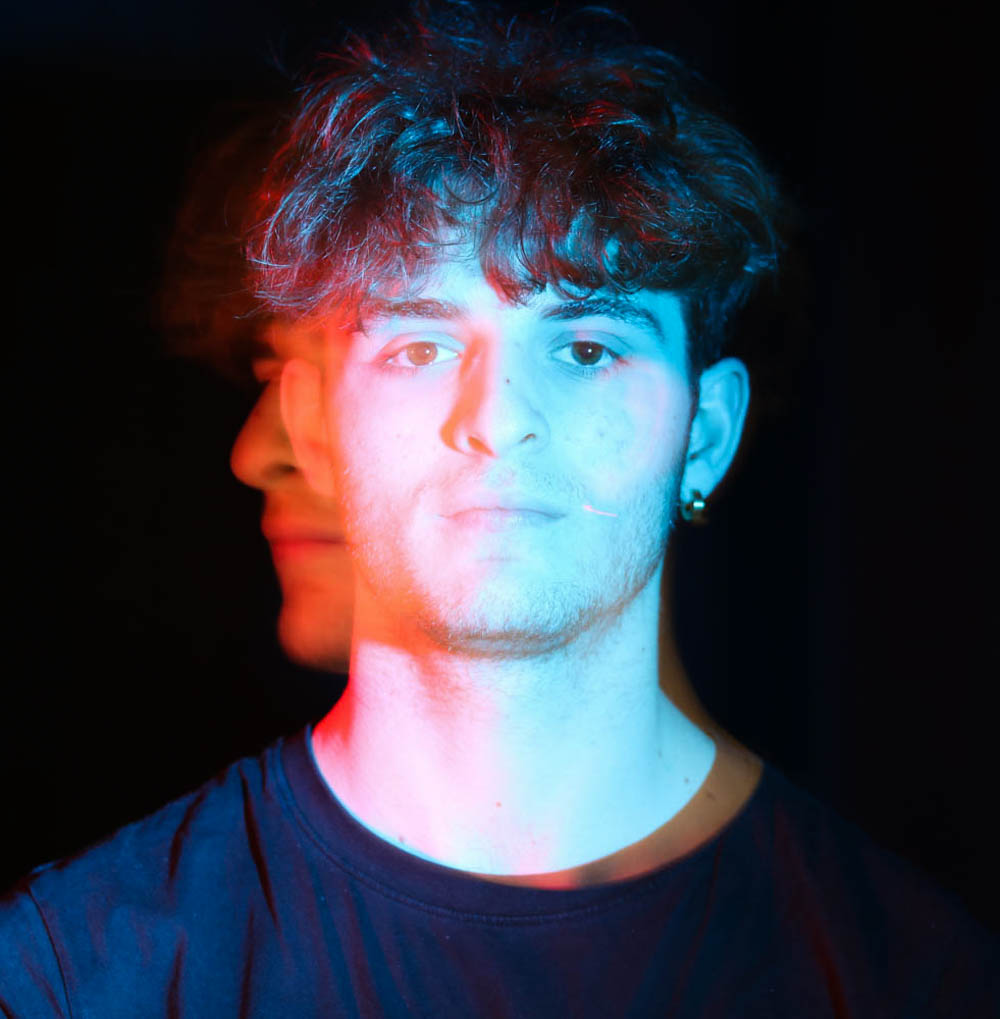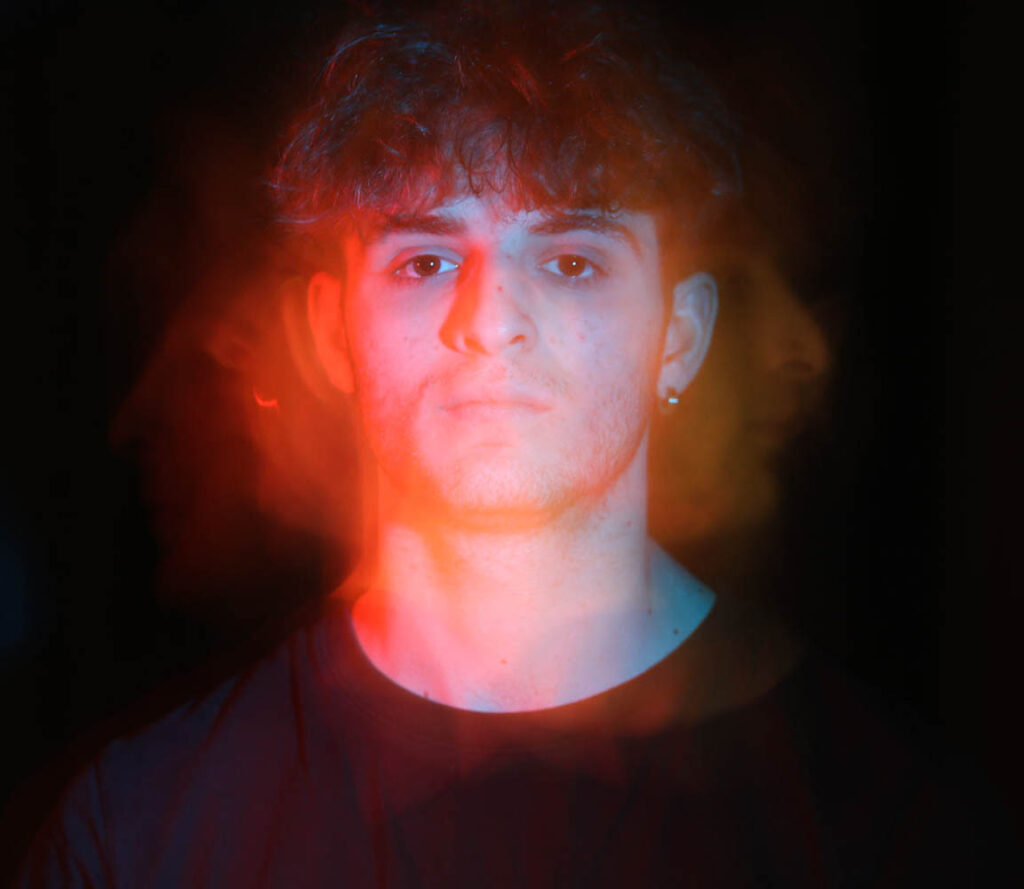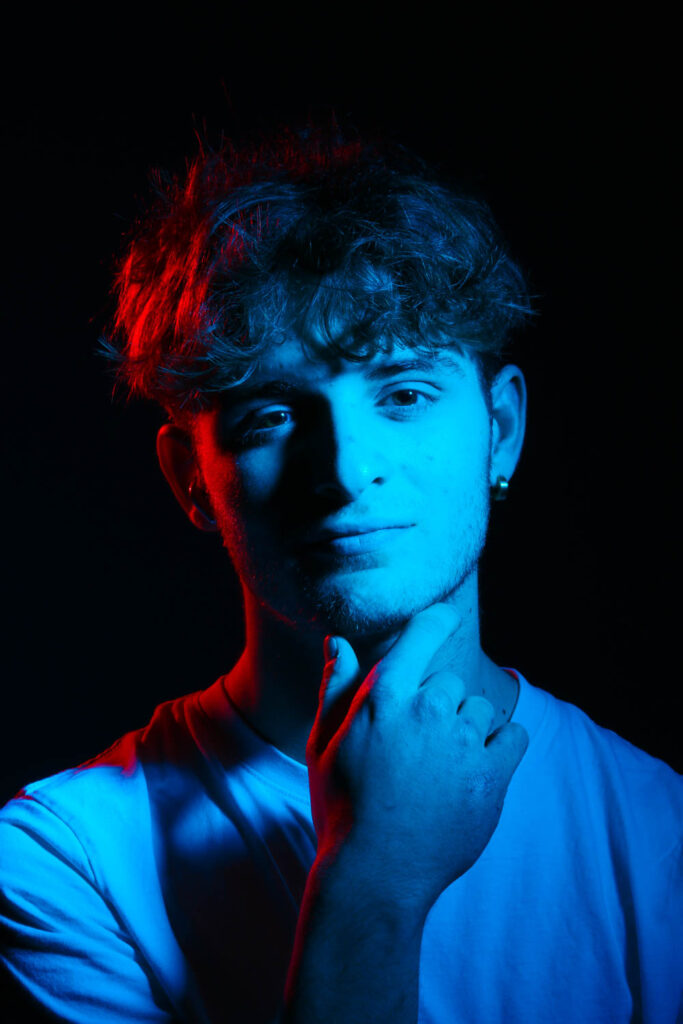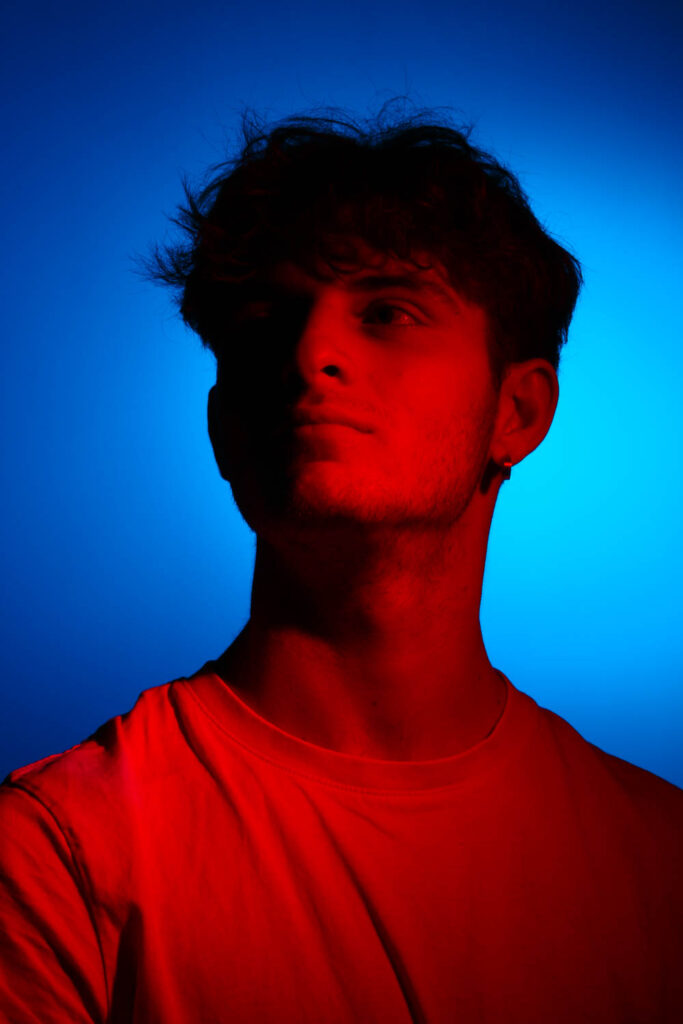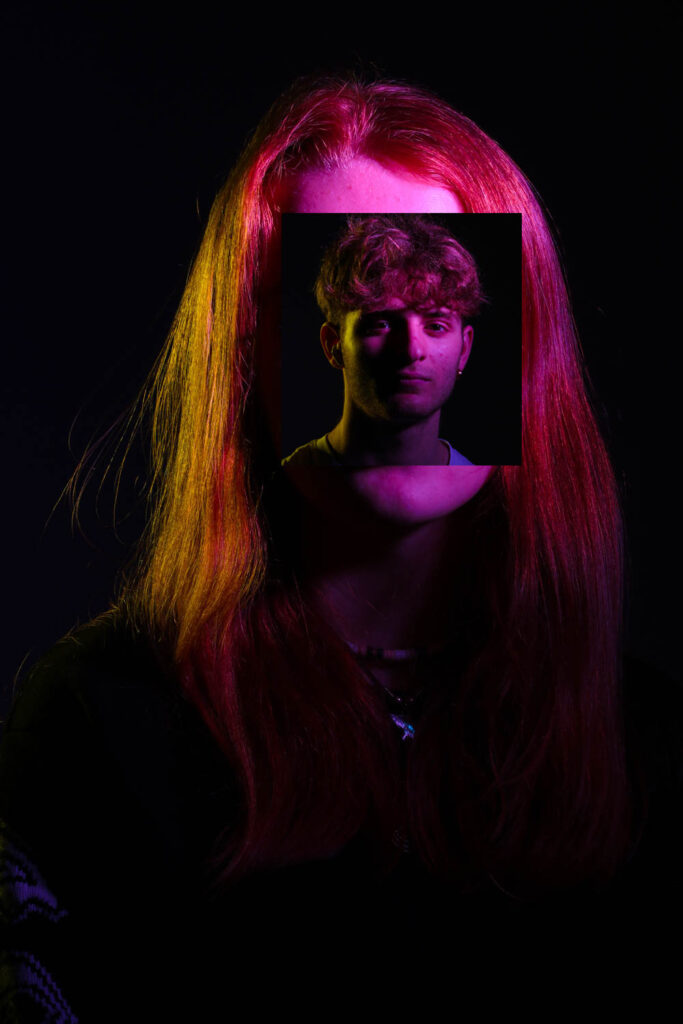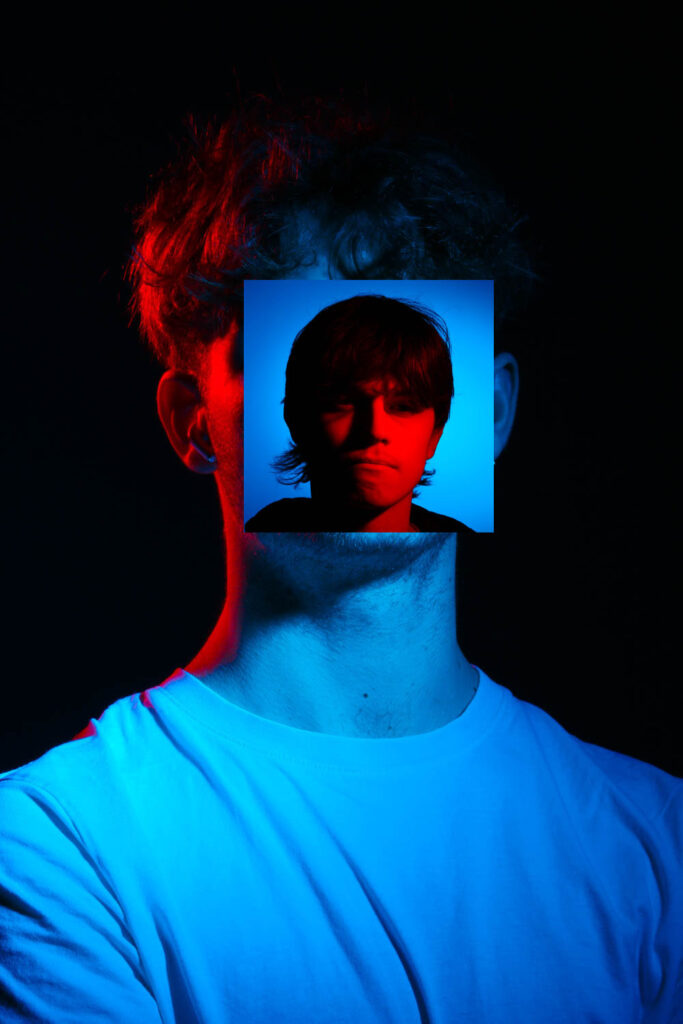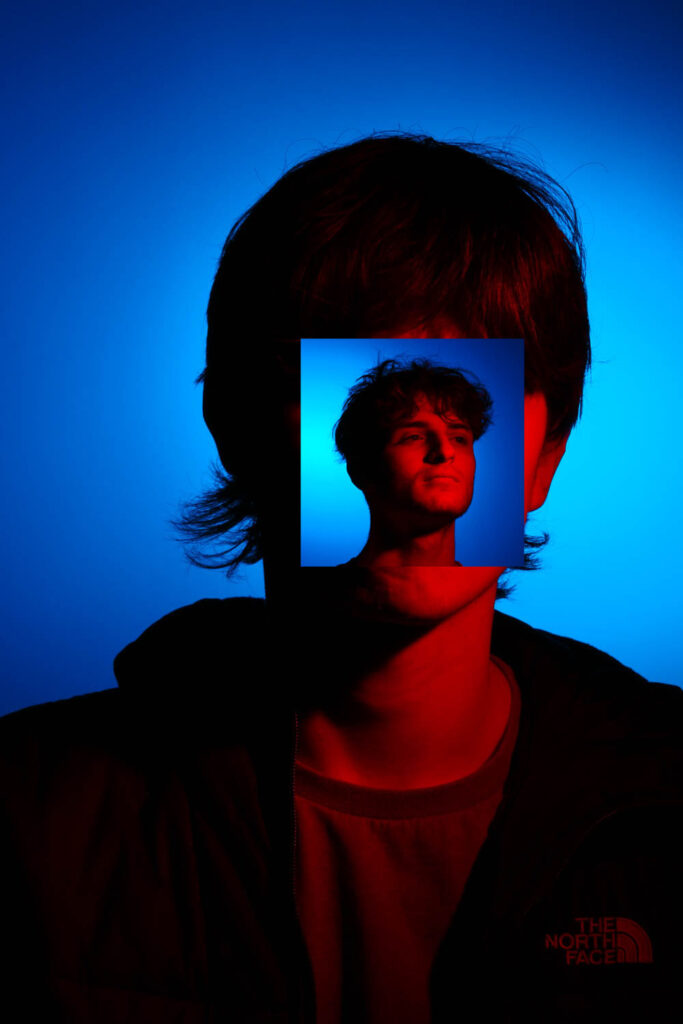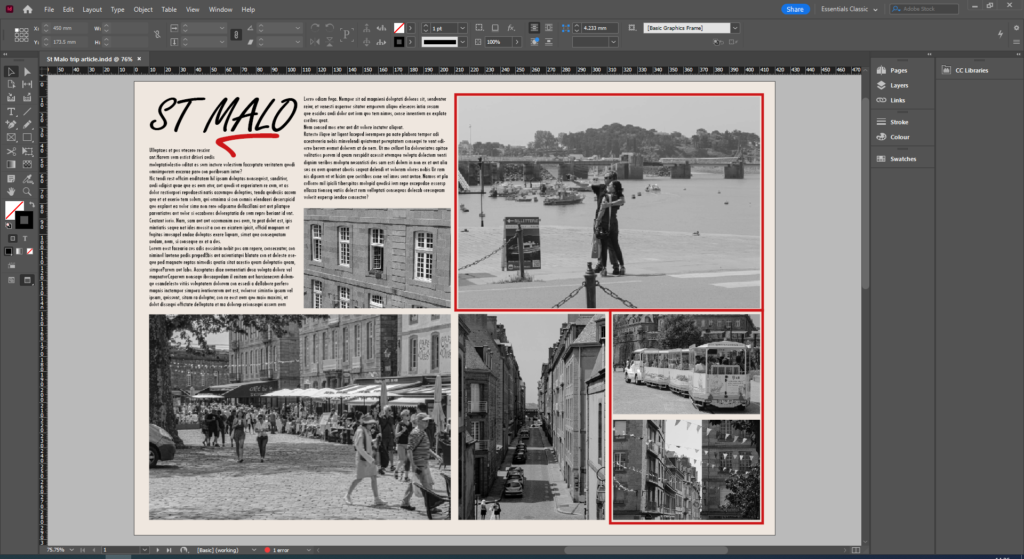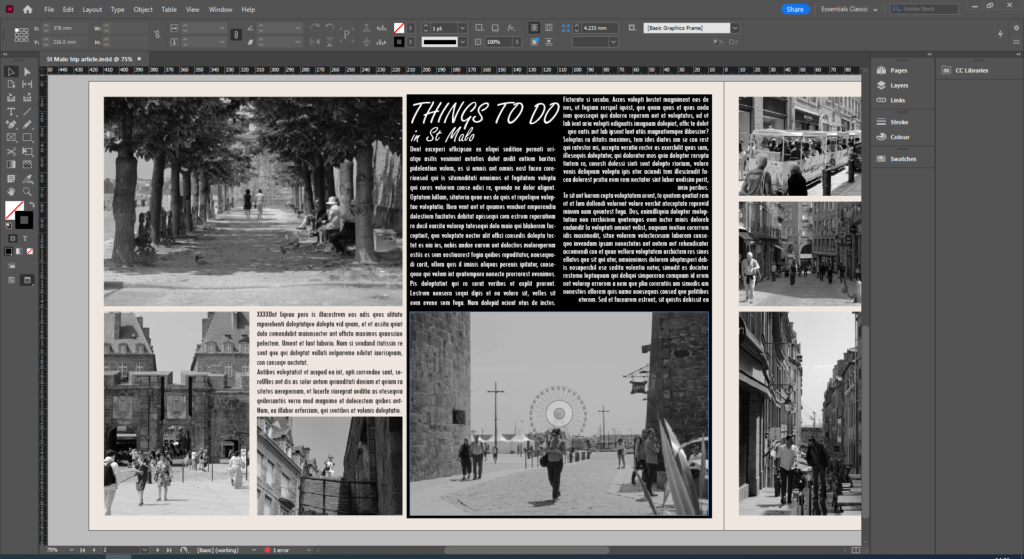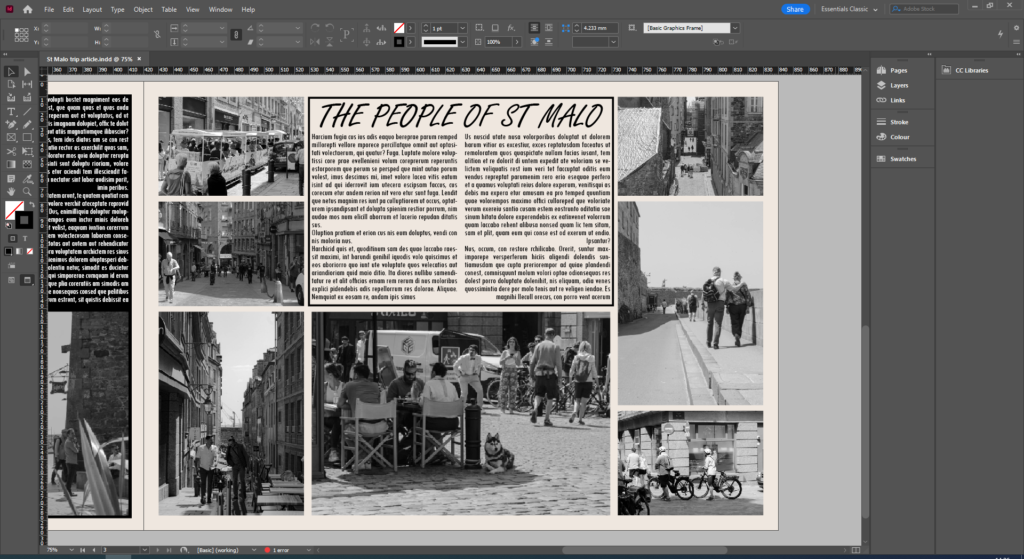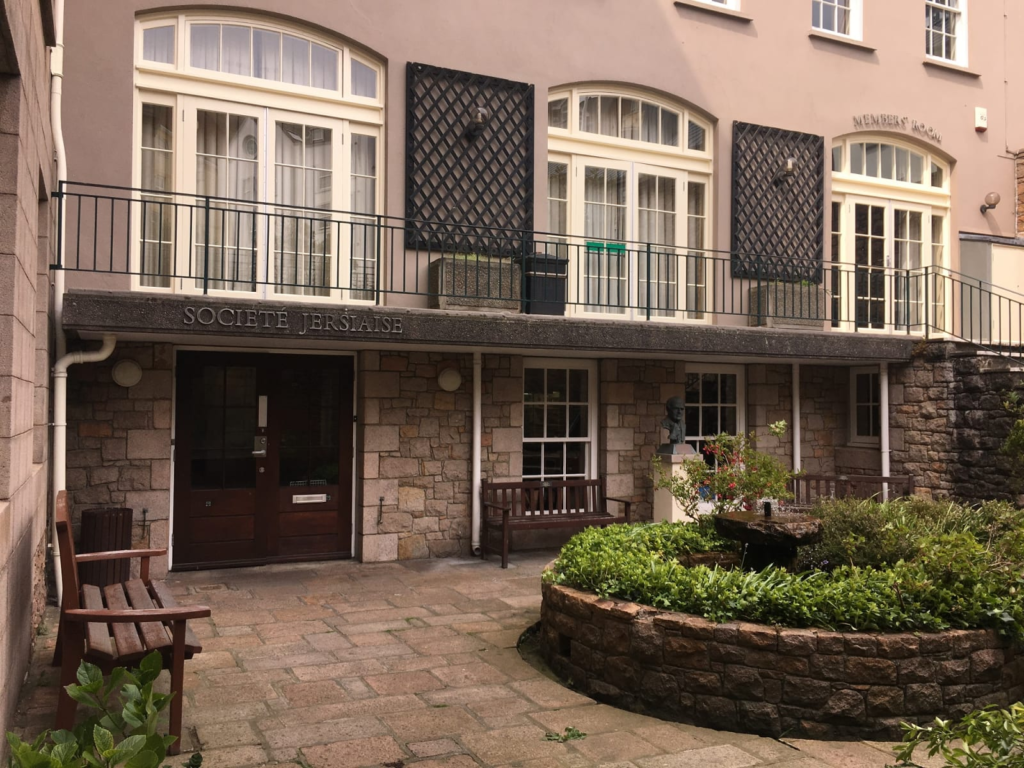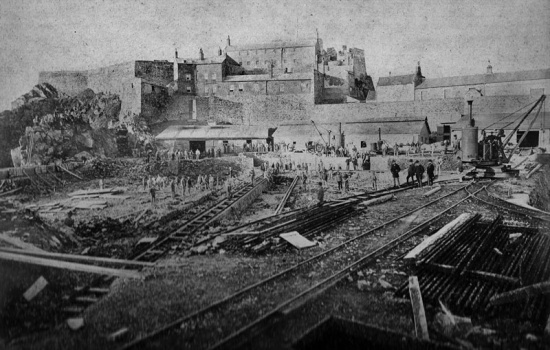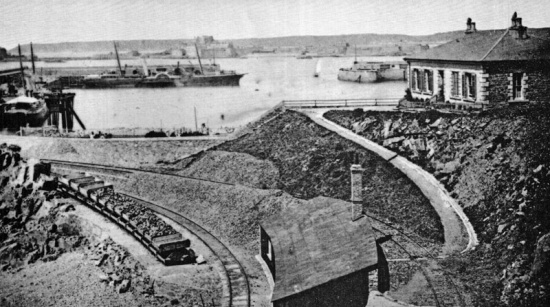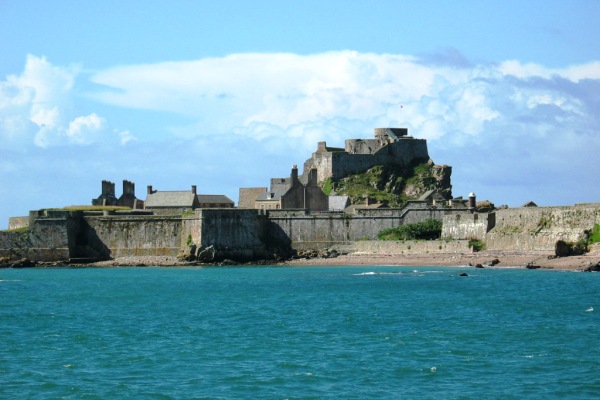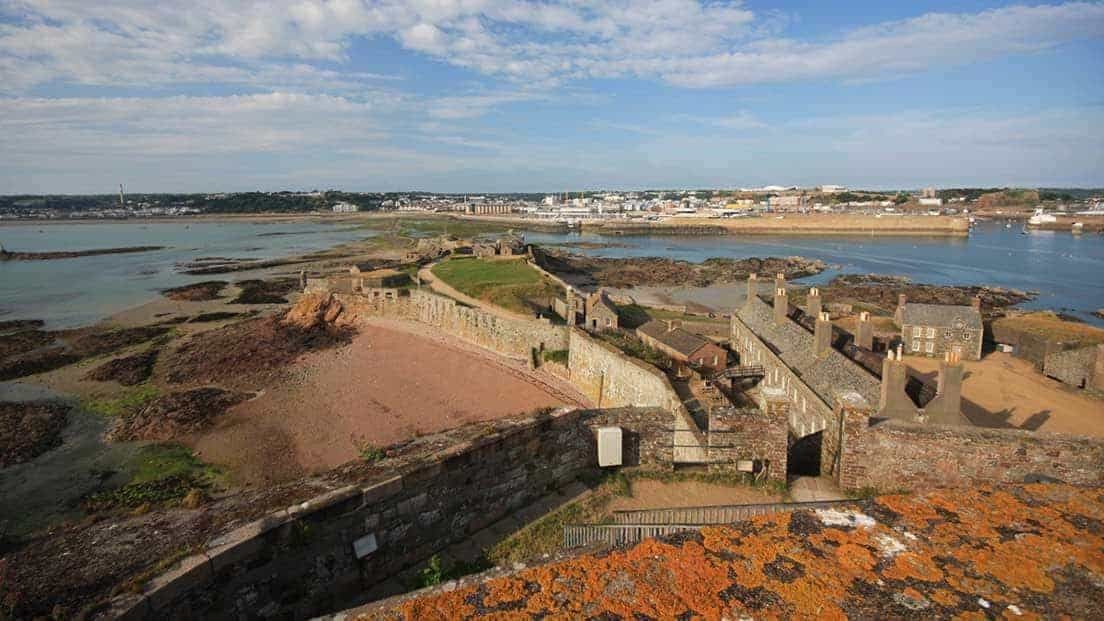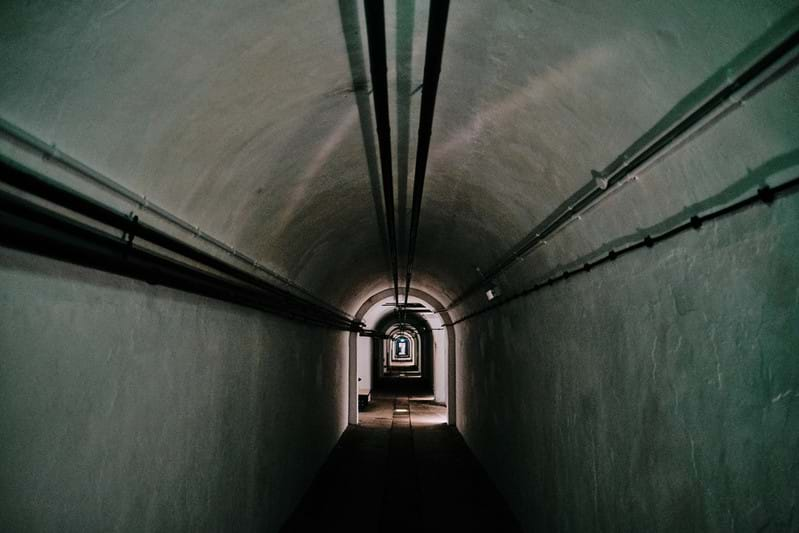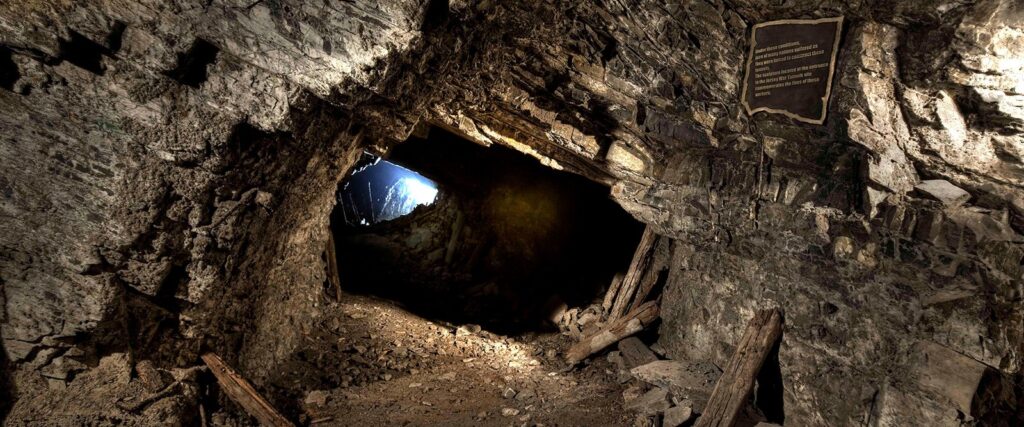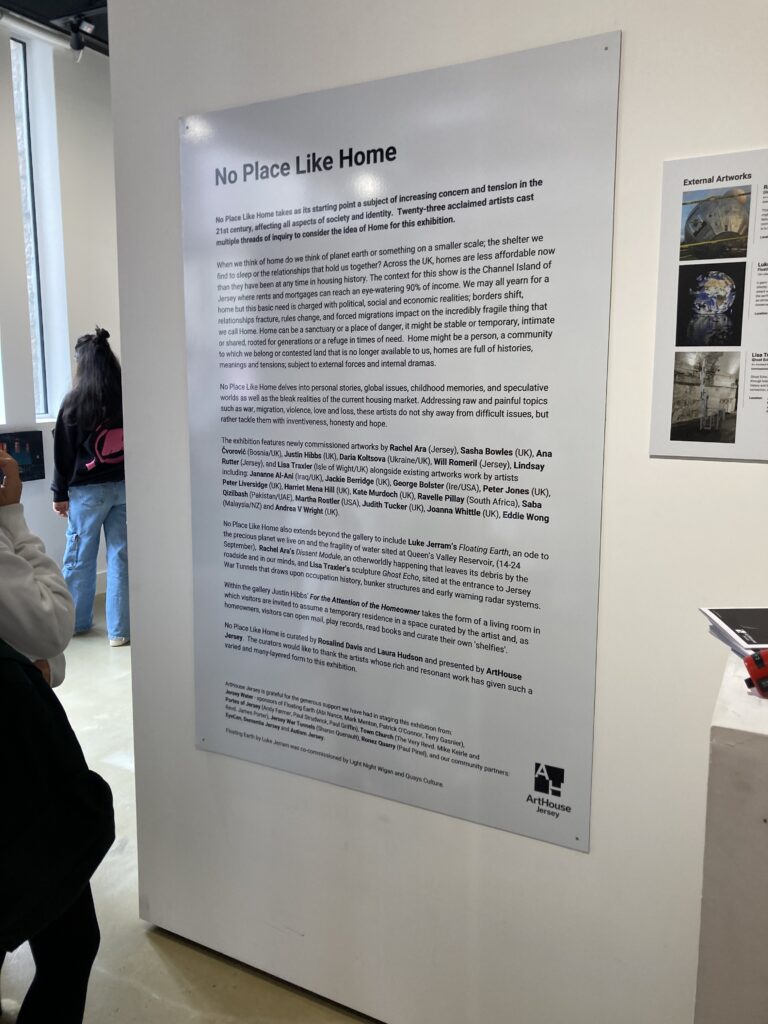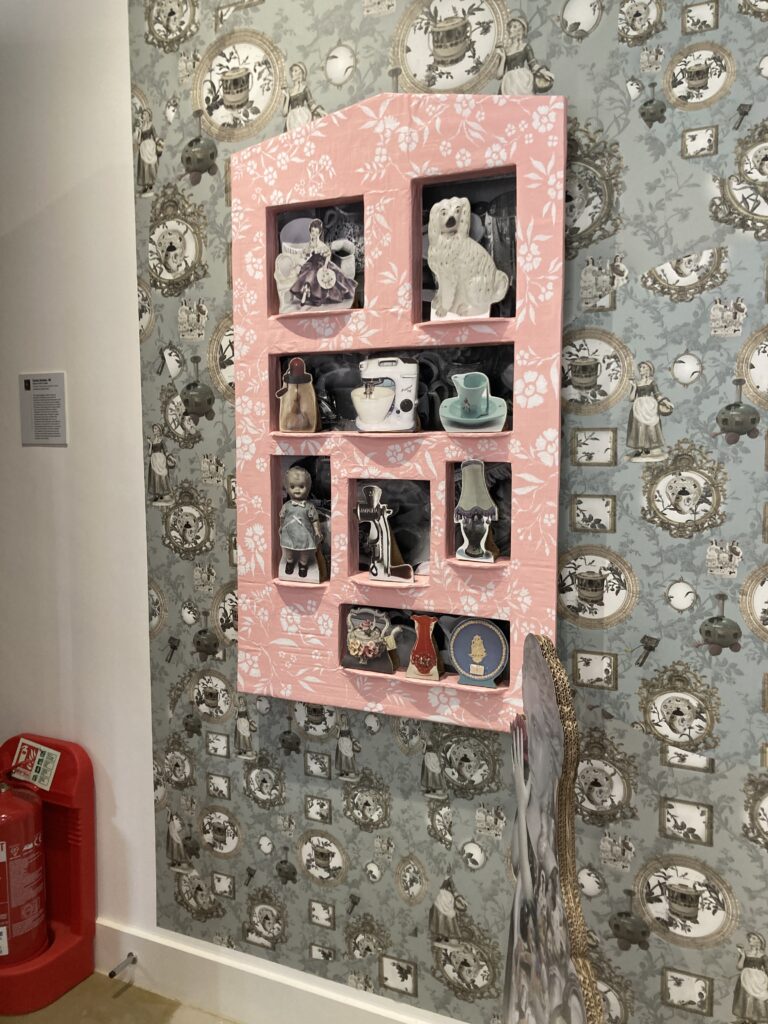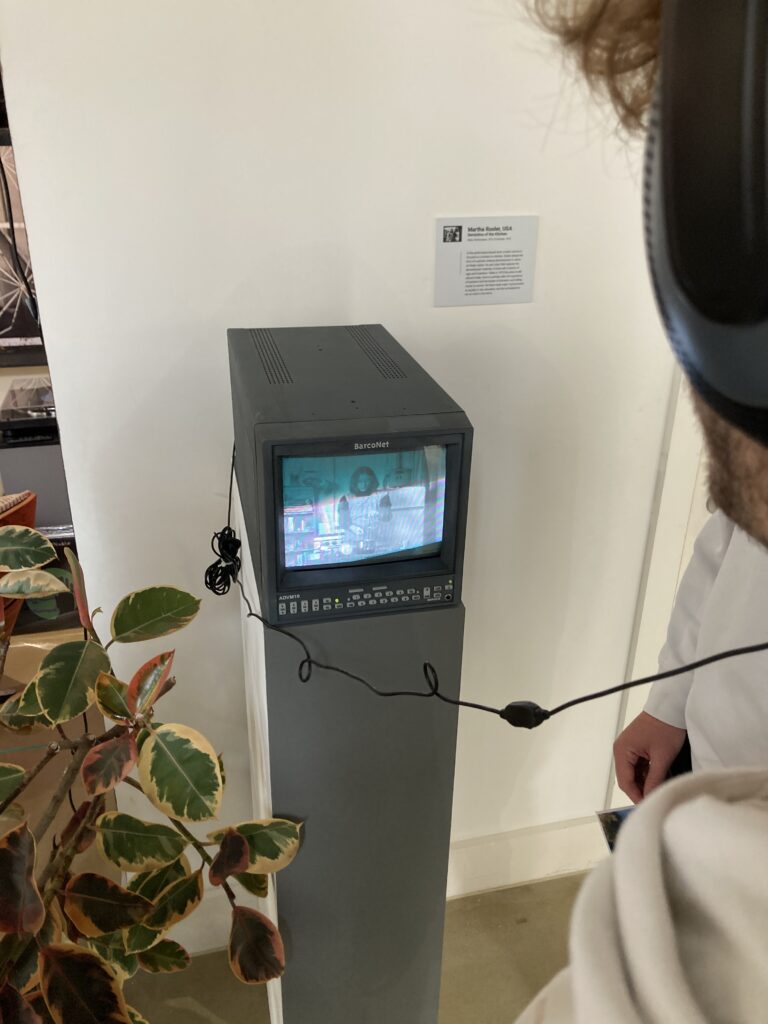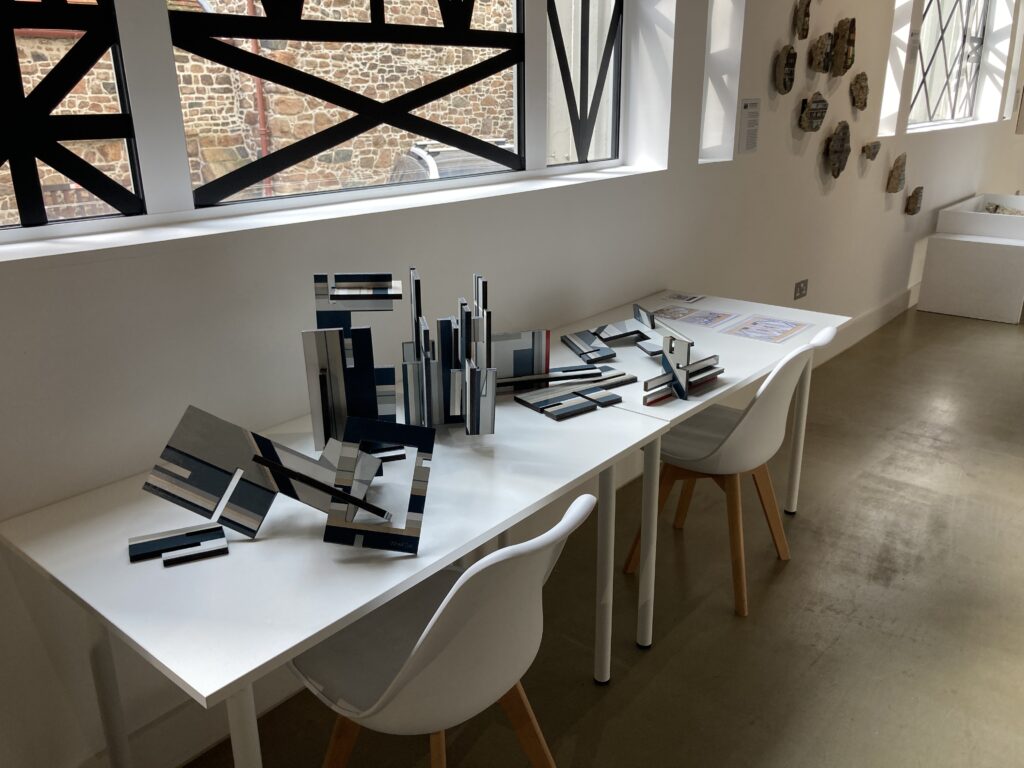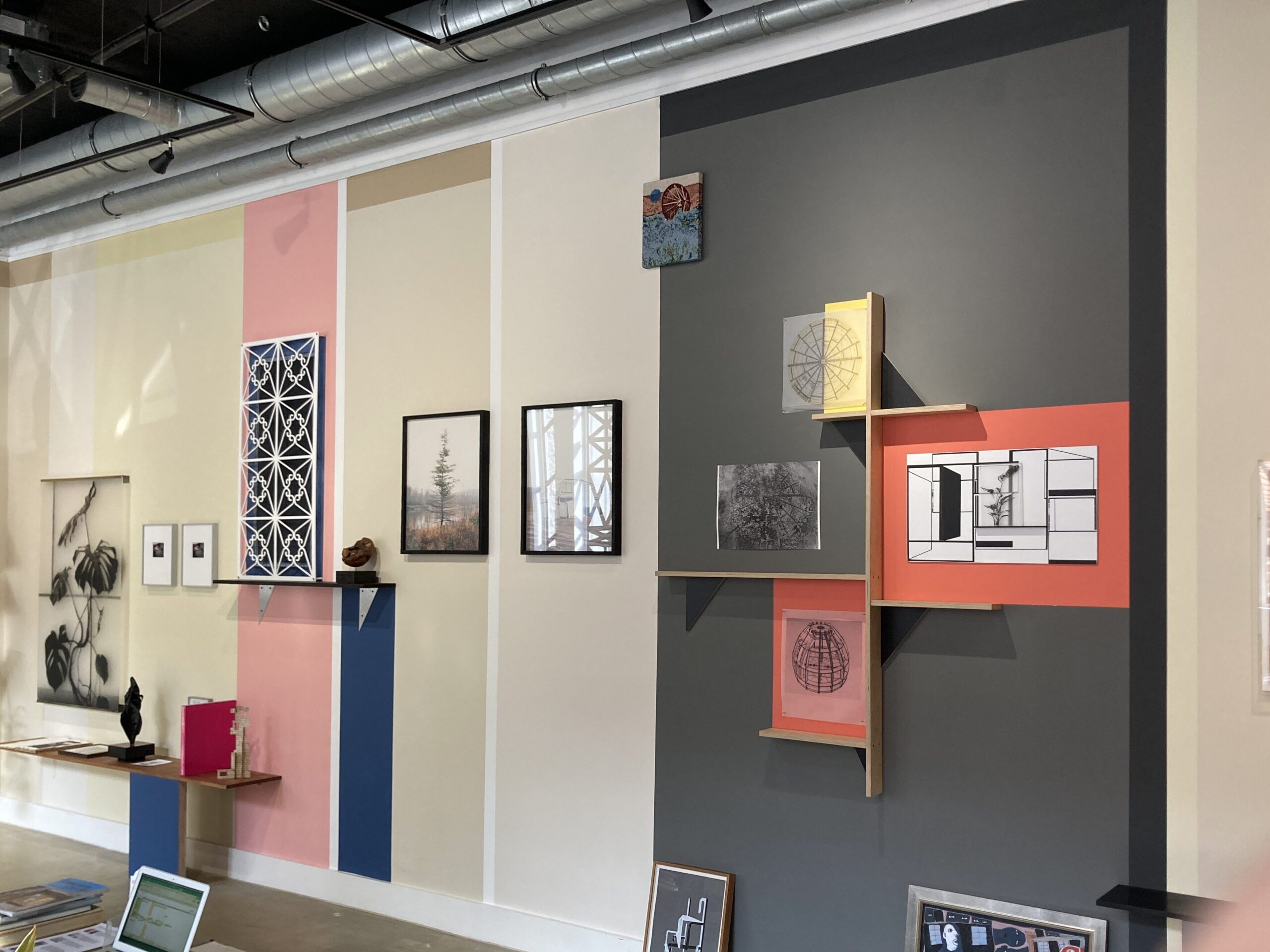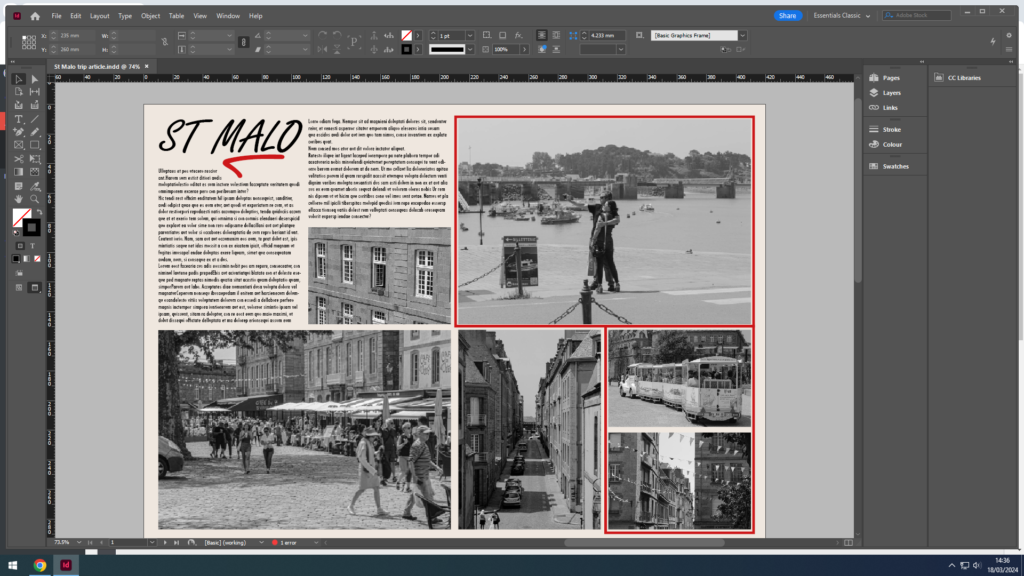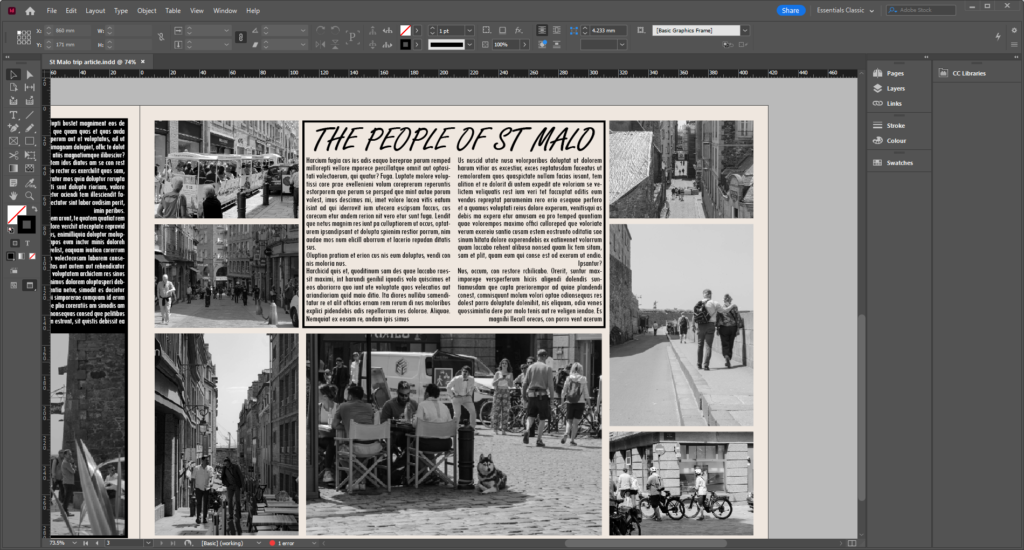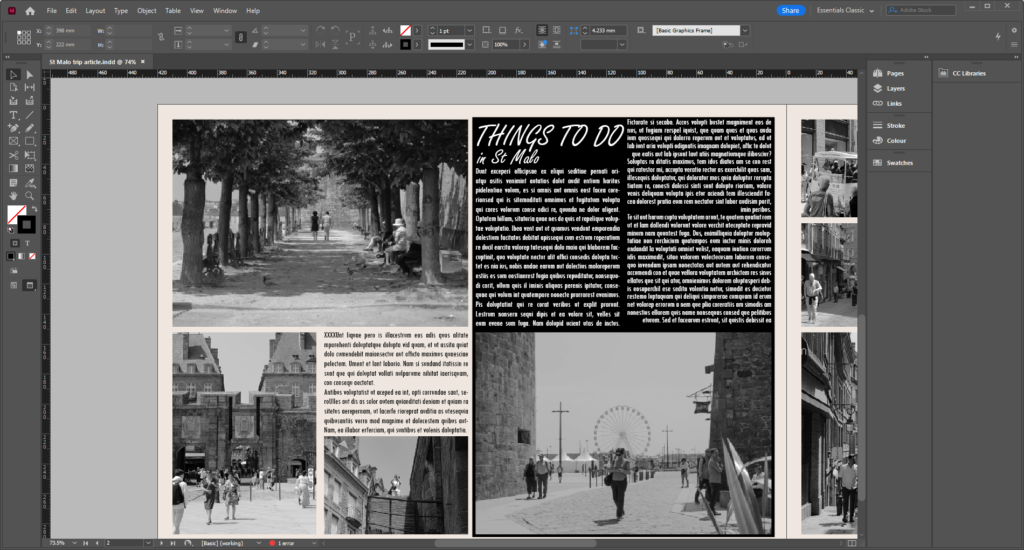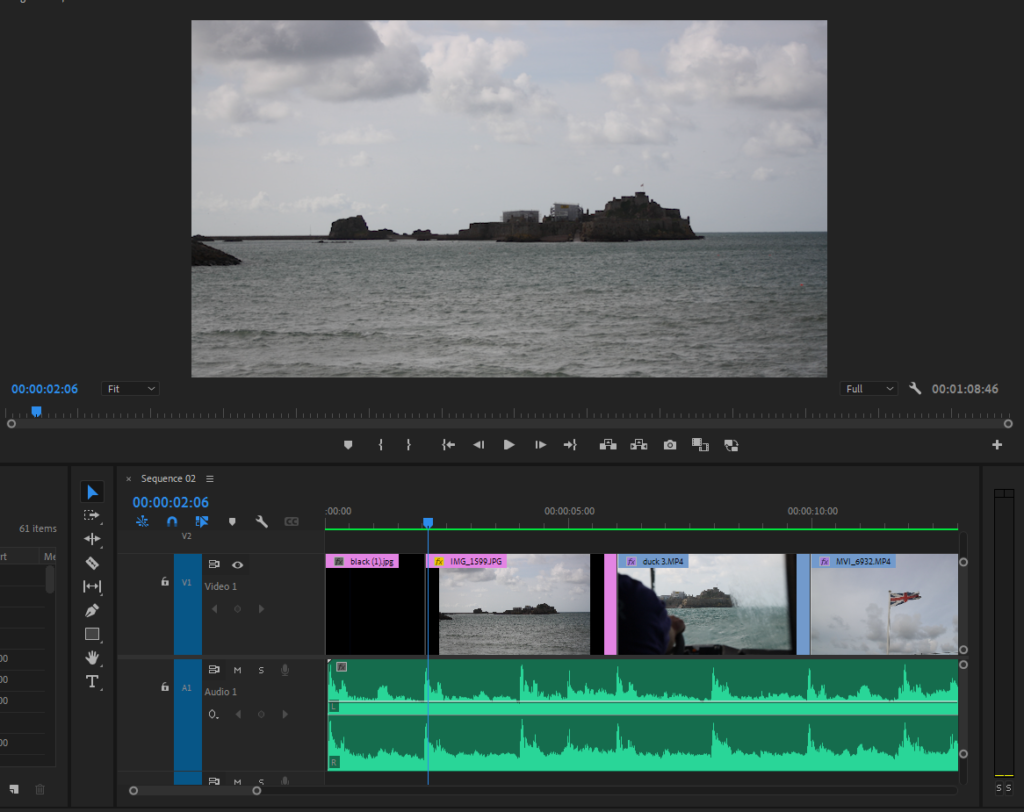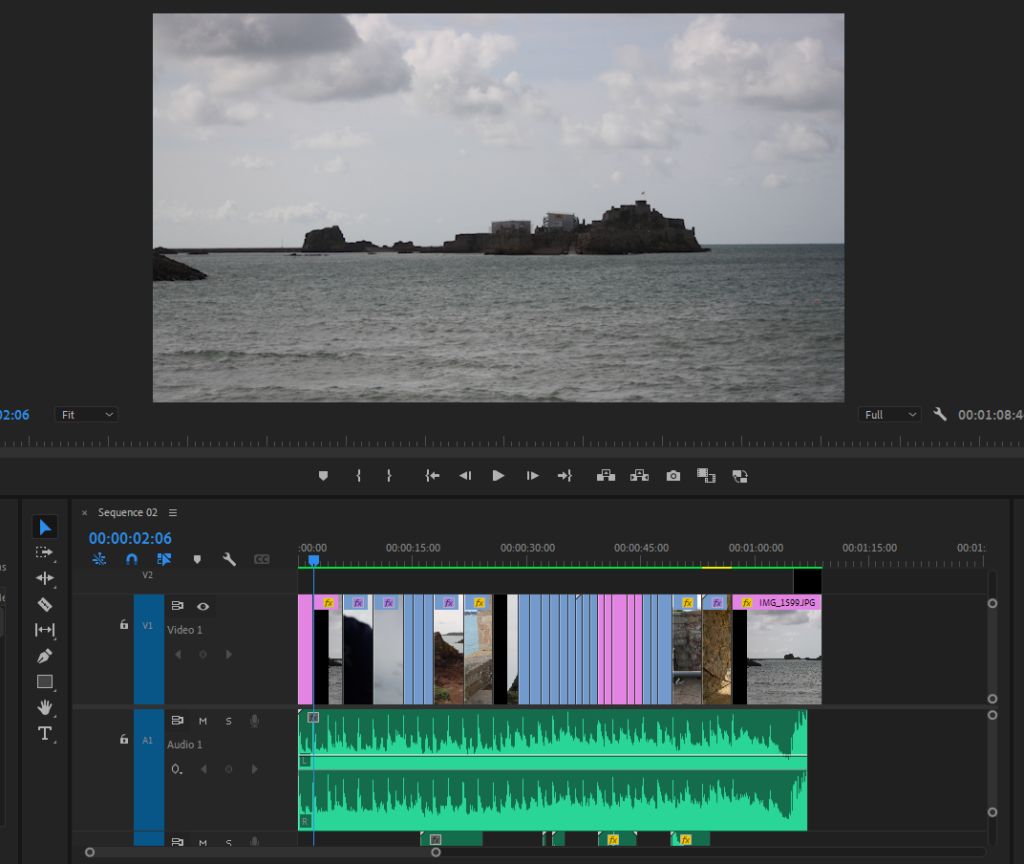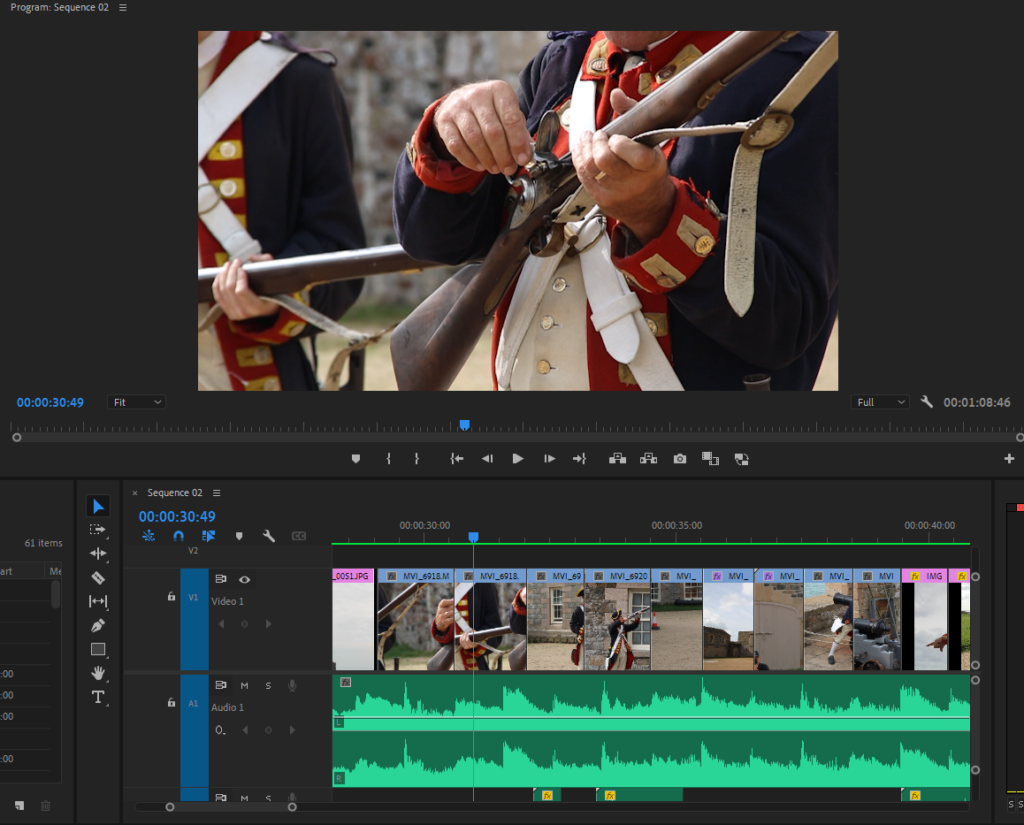Since year 12, I have developed a lot on my knowledge and experience in Photography. I understand more about the techniques, history, and meanings etc behind Photography and I feel very comfortable in this current stage of my education. I have made quite an effort to get where I am at currently, with all of my essays, research, and most of all my photographs.
Anthropocene:
I think, out of all of my topics/projects, the one that I was the most successful in was the Anthropocene project. I believe I utilised various techniques very effectively, things like deadpan and rule of thirds were some of many. Also in general the things I took pictures of were very appropriate for the theme of Anthropocene, the estate/urban photos in particular worked very well in terms of the themes and quality.
Some photos worth mentioning are:
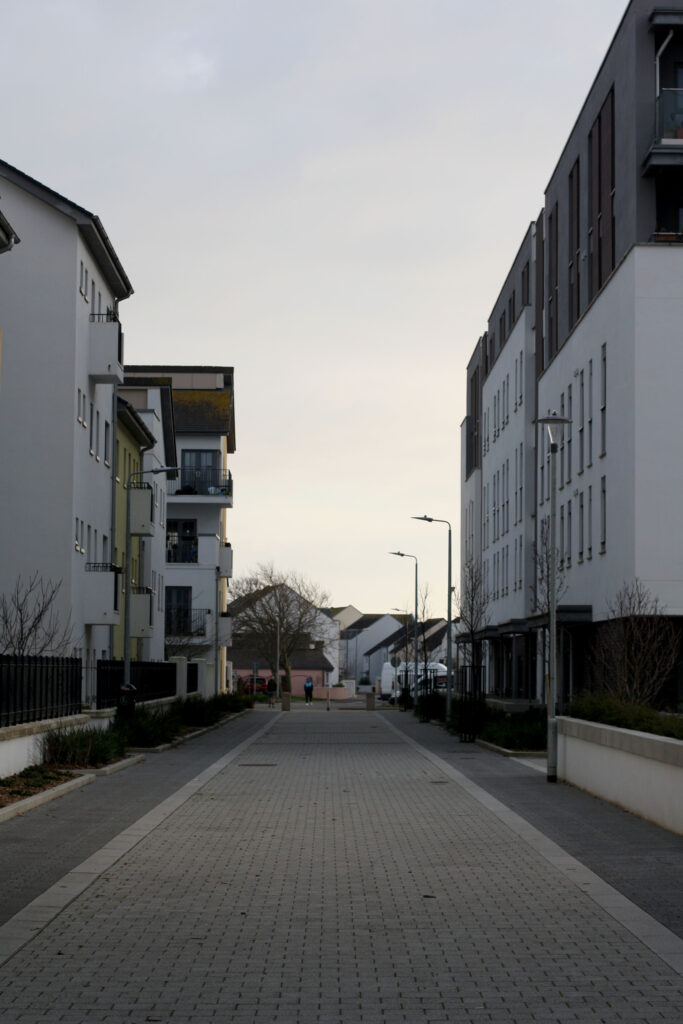

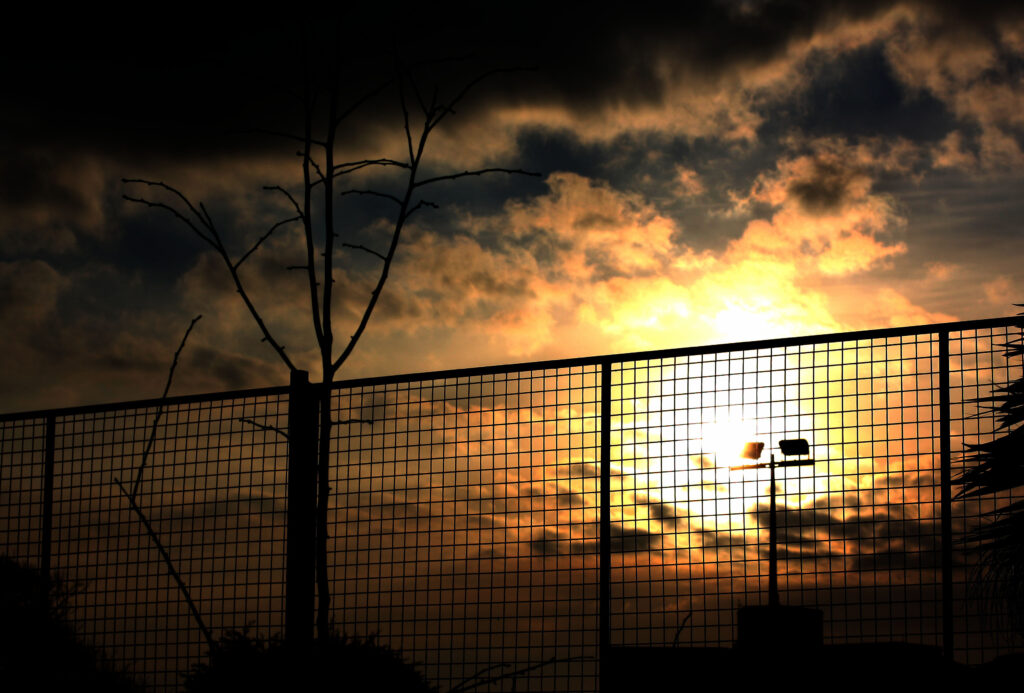
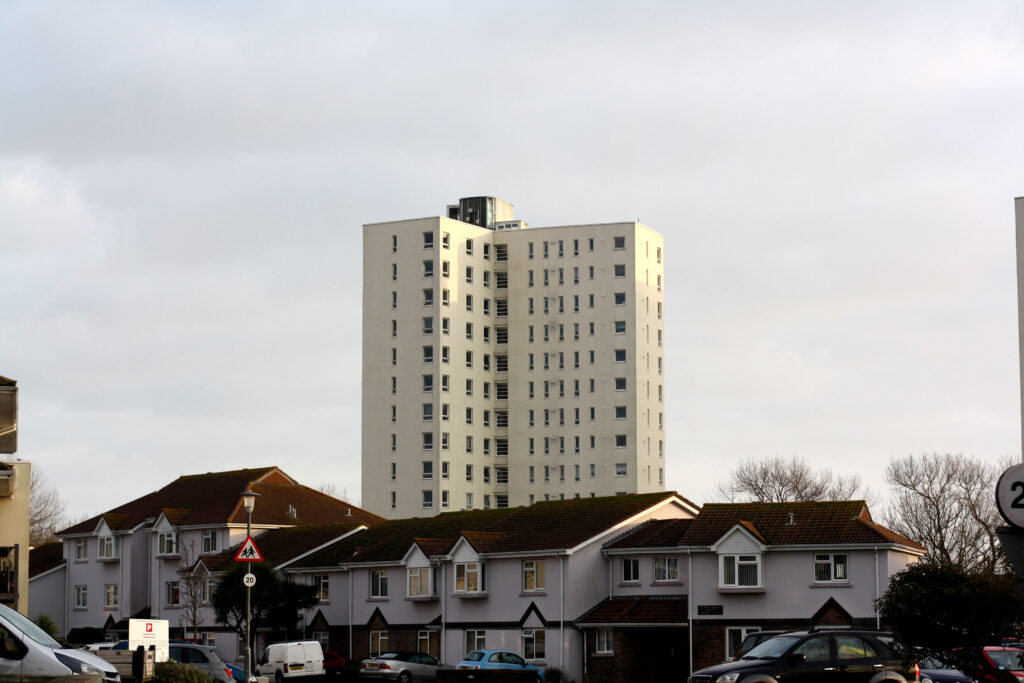


I also believe that through Anthropocene in particular, I have learned many different editing techniques made through photoshop, such as levelling, cropping, cutting and pasting, colour balancing etc.. The list goes on and on.
Landscape:
During my landscape photoshoot, I believe I took some really good quality photos that contained a lot of detail. I took advantage of the composition and level editing the most and I think the majority of these turned out just the way I wanted them to.
Some highlights under Landscape:
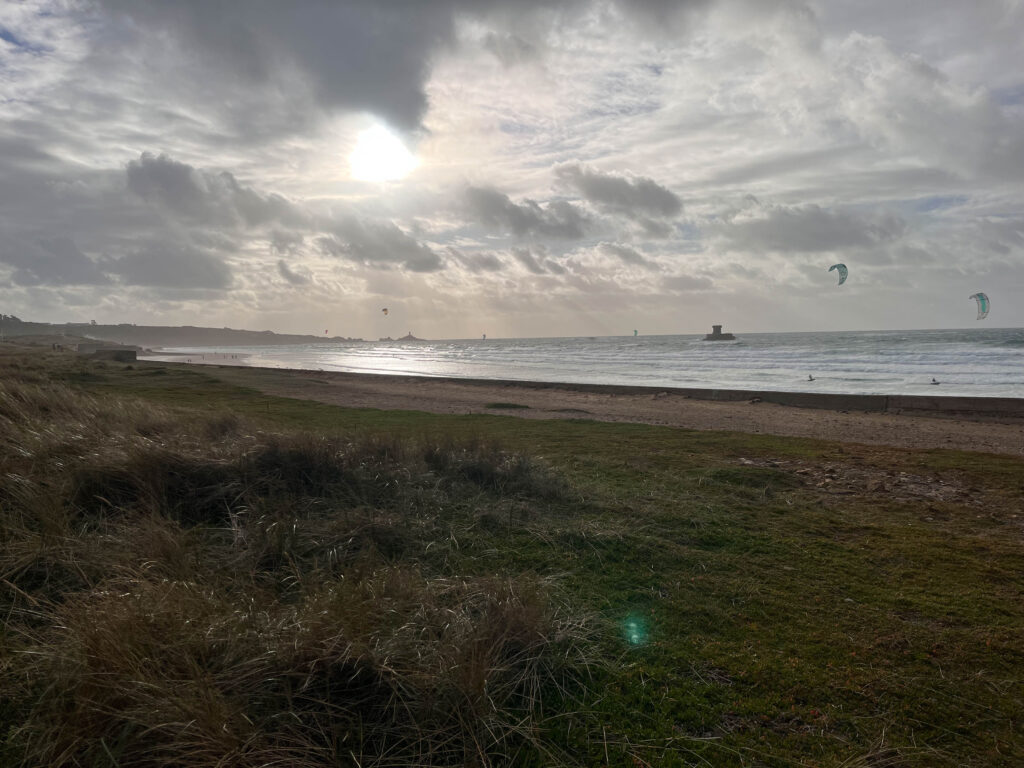
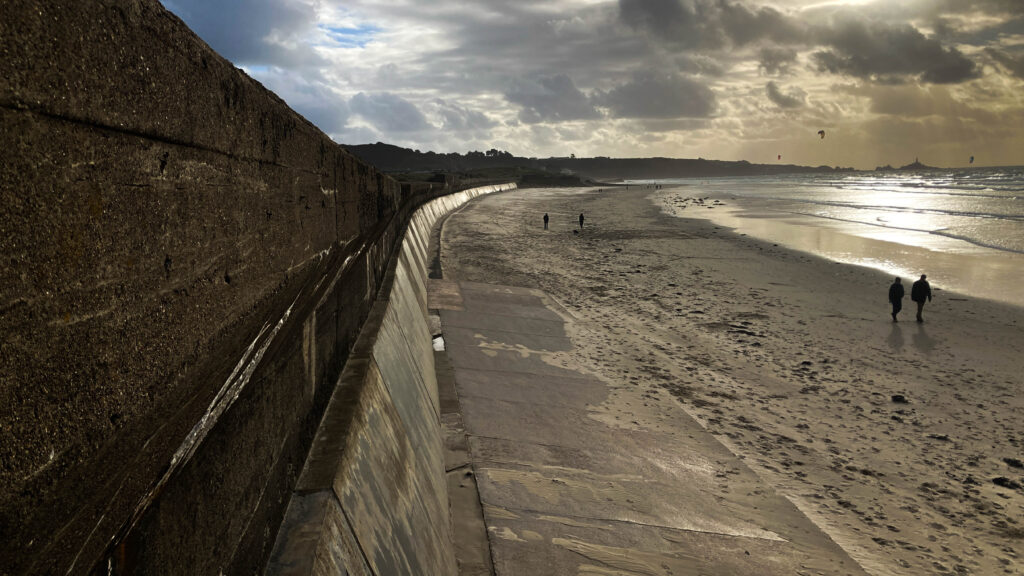
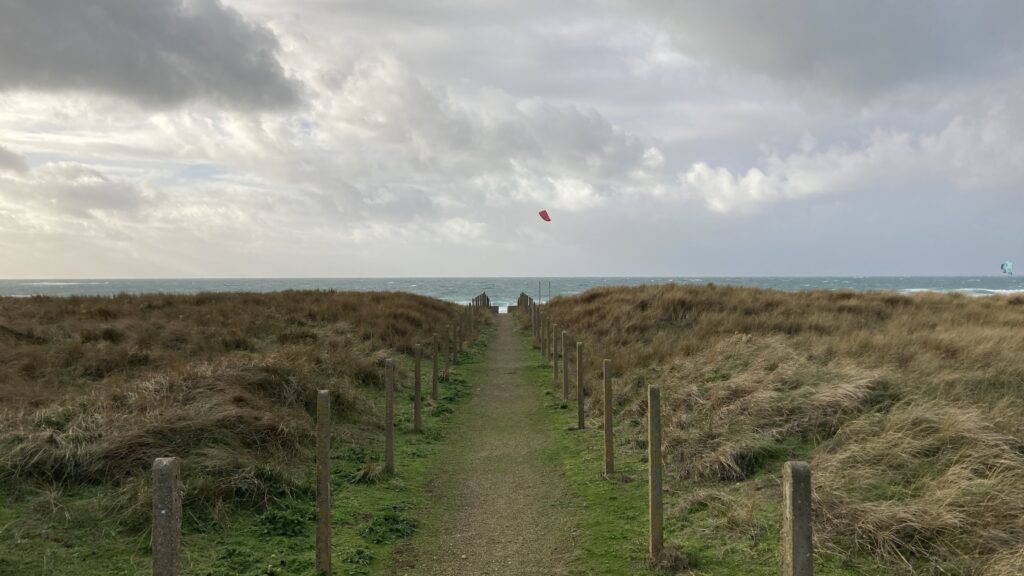
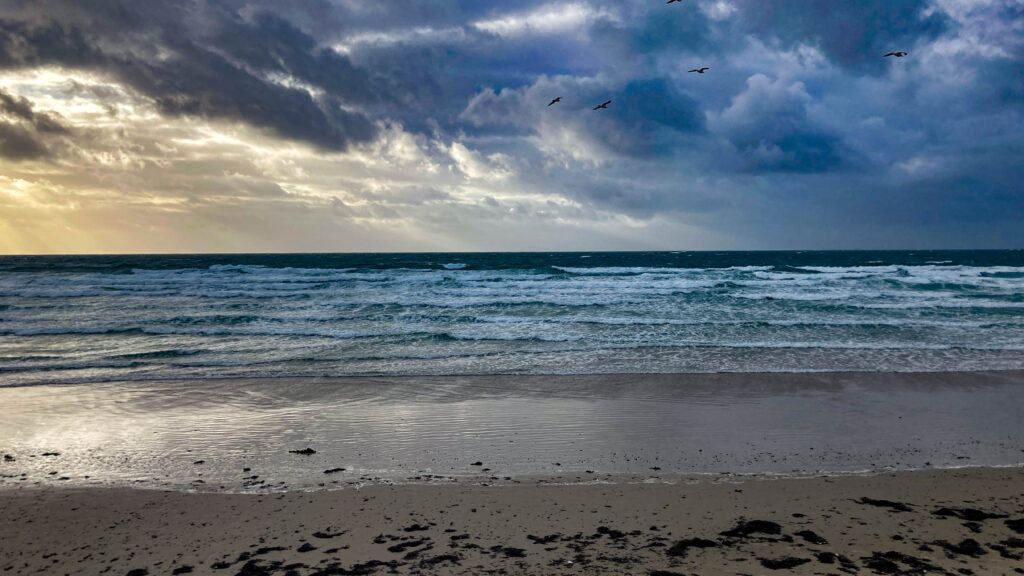
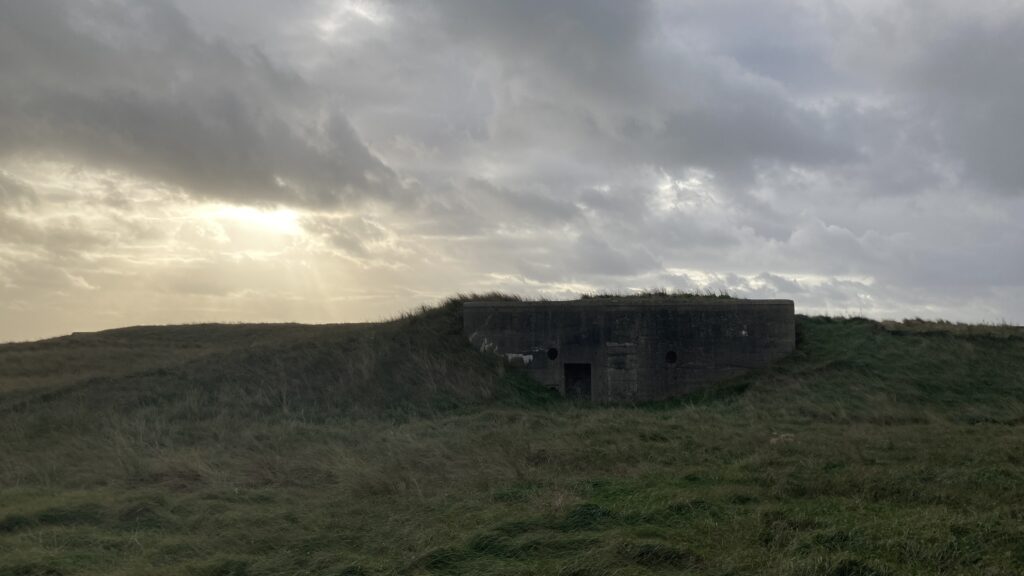
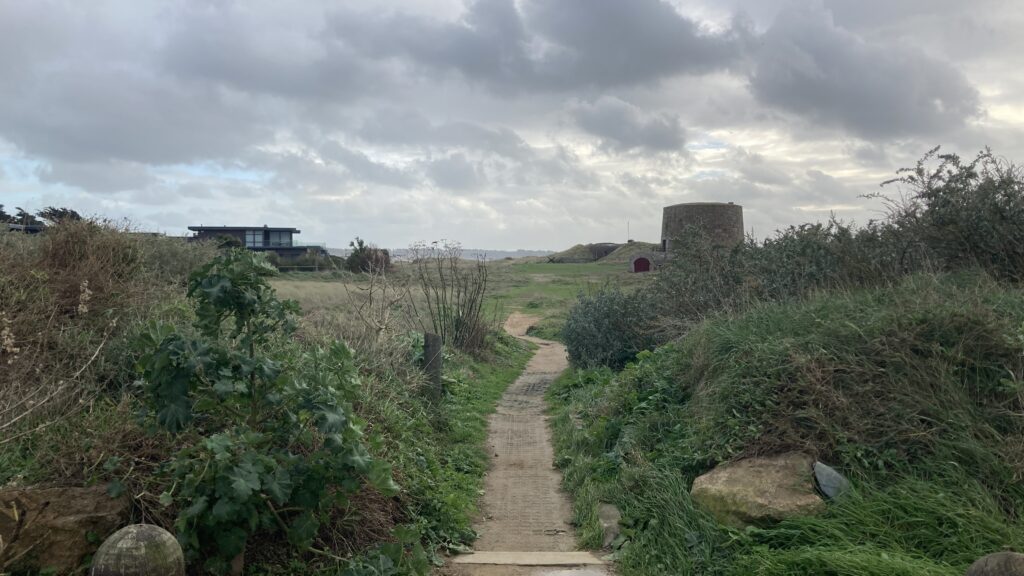

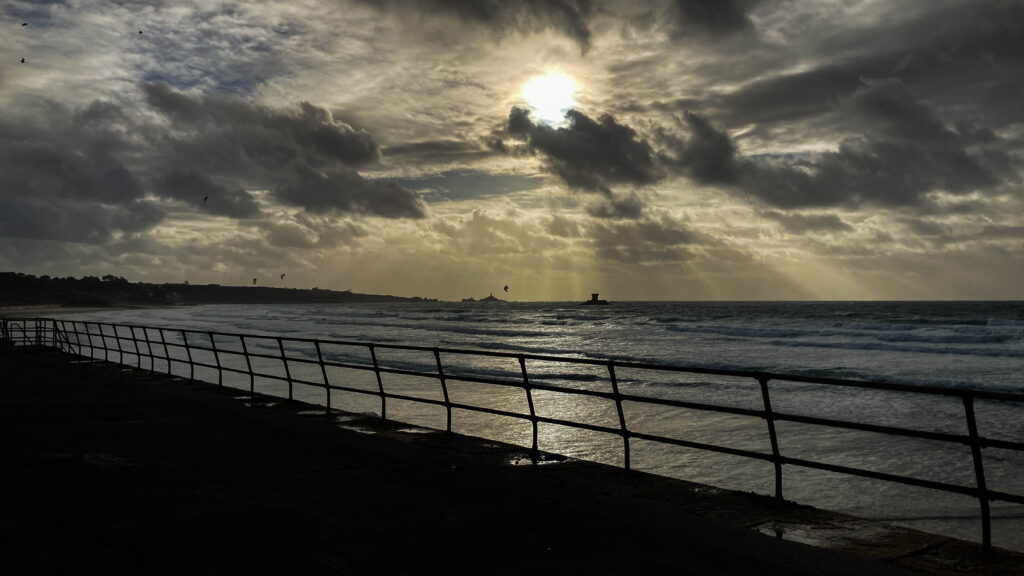
Very happy with these, I like the textures in the grass, concrete and clouds a lot and they make the photos so much better. The sky having many different assortments of shapes and colours adds a lot too, makes the photos feel different from one another.
Urban:
Huge fan of this one too, this is when I went to Harve Des Pas and took photos of the buildings all around. Some of these really hit the spot, in terms of quality and rule of thirds I think these are one of the strongest.
Best photos under Urban:

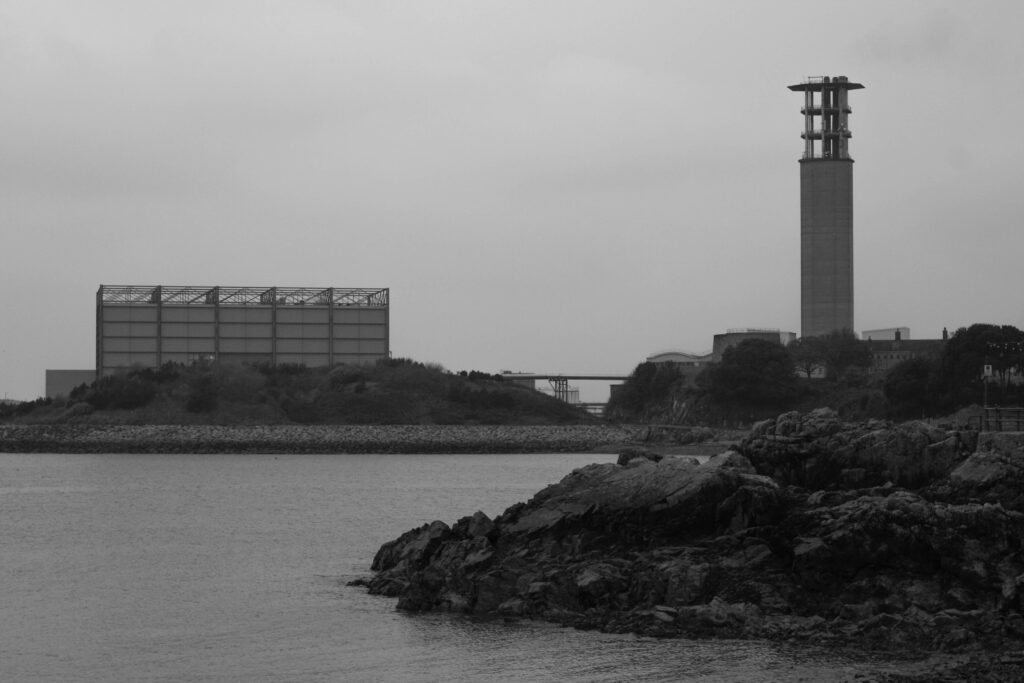
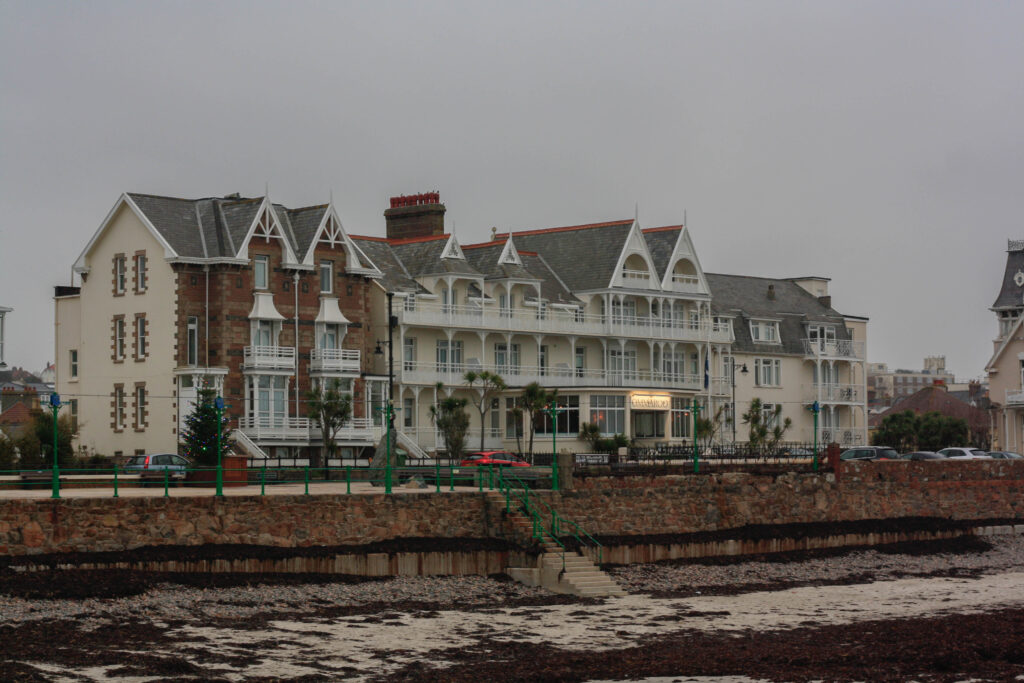

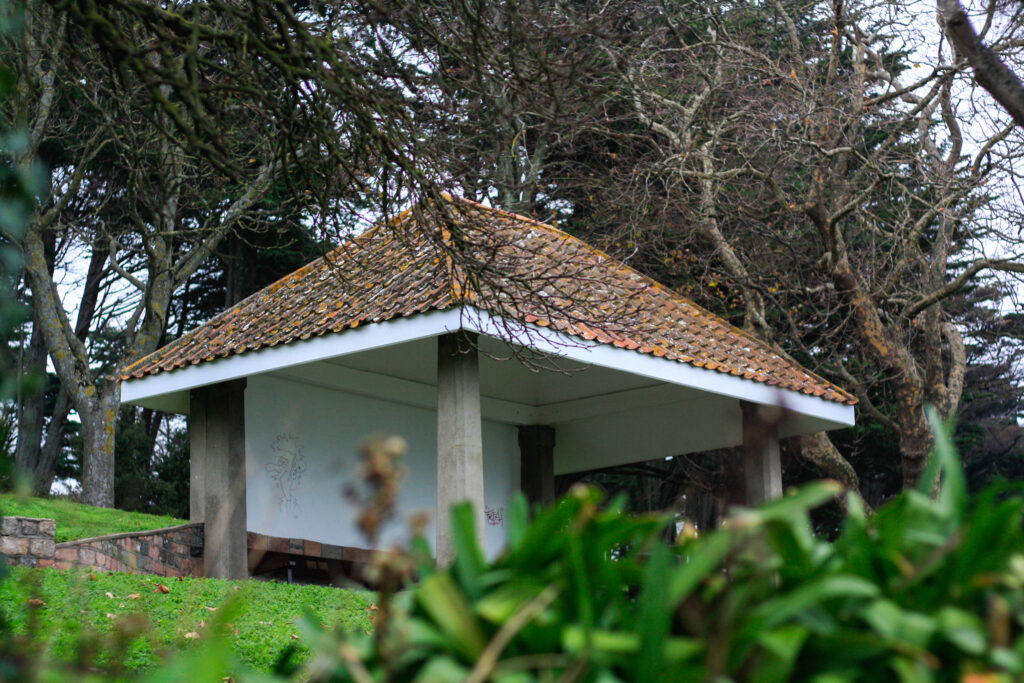
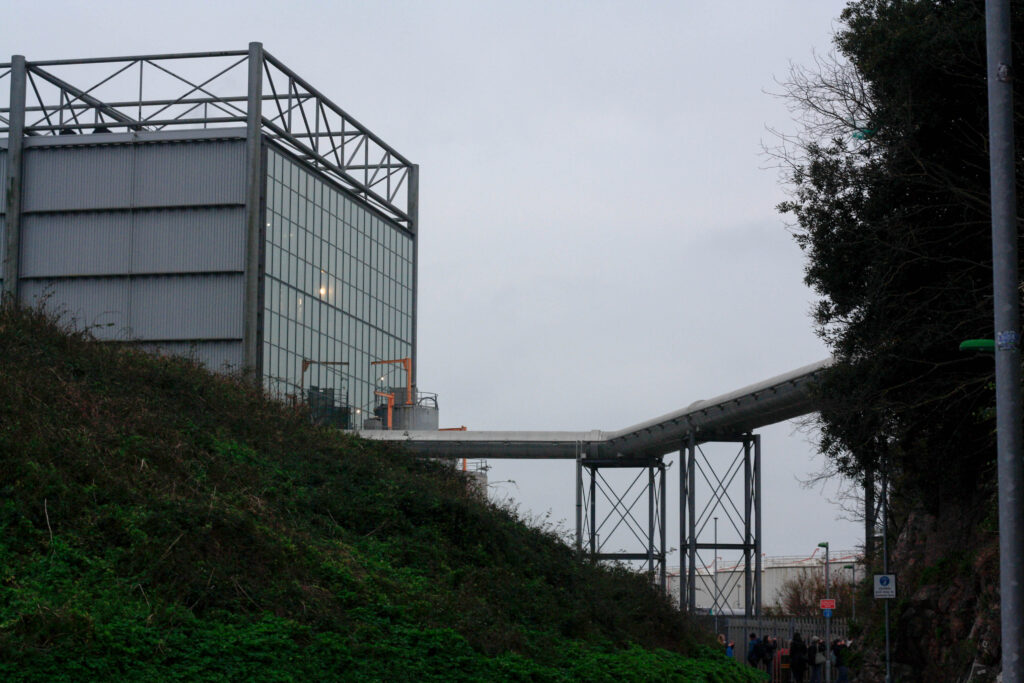
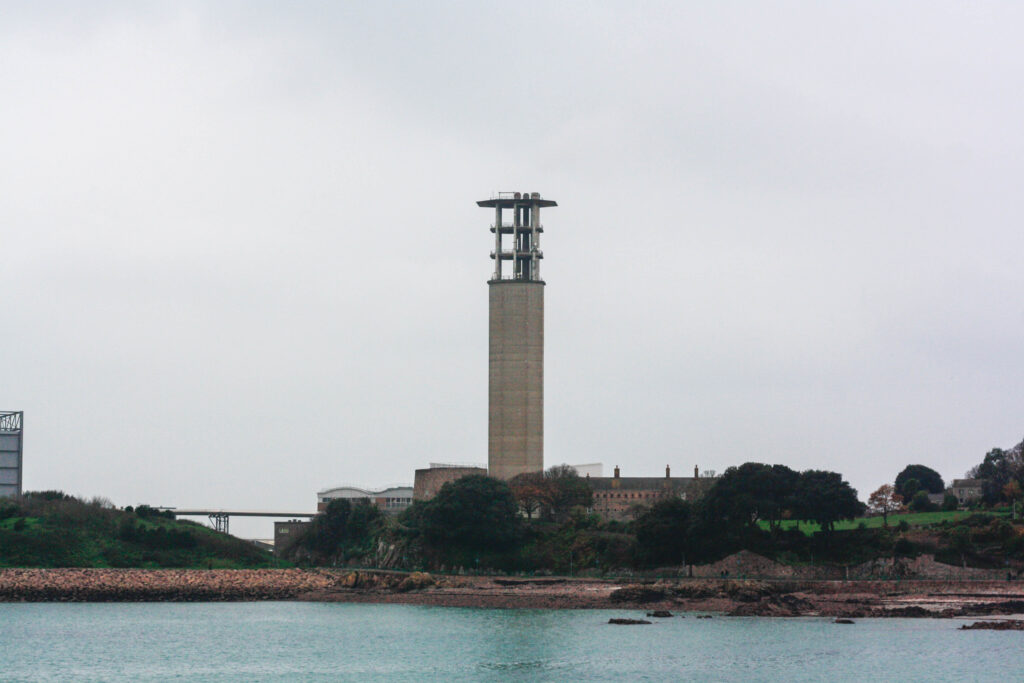
Love the composition, framing and depth in these images, the are all clear quality and have their main subjects clearly in view. The colours, while mostly absent, are yet present in just enough amounts of quantities. Really happy and proud of this chapter.
Headshots:
This one is probably the best photoshoot of mine taken in the studio, I love the colours used and the contrast, along with the sharpness as a whole. The lights being shone in the background makes the subject, who is a different colour, stand out and make their facial expressions more visible. This also appears to be the first photoshoot where I experimented with the shutter speeds.
Best photos under Headshots:
